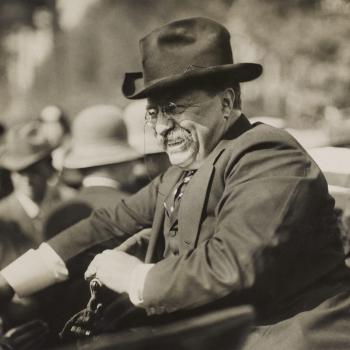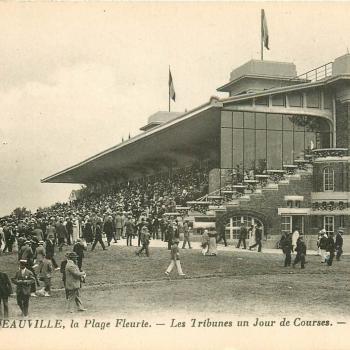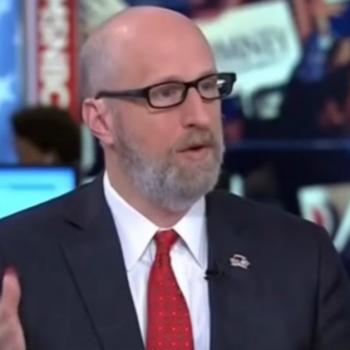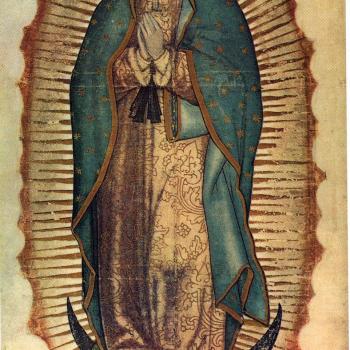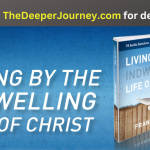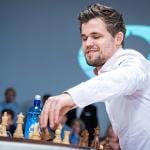Not there!
New York City’s Natural History Museum, with the blessing of Mayor Bill DeBlasio, has agreed to remove the Teddy Roosevelt Statue outside its entrance.
Officials said it hasn’t been determined when the Roosevelt statue will be removed and where it will go.
“The composition of the Equestrian Statue does not reflect Theodore Roosevelt’s legacy,” Theodore Roosevelt IV, a great-grandson of the president, said in a statement to the Times. “It is time to move the statue and move forward.”
Futter said the museum objects to the statue but not to Roosevelt, a pioneering conservationist whose father was a founding member of the institution and who served as New York’s governor before becoming the 26th president. She said the museum is naming its Hall of Biodiversity for Roosevelt “in recognition of his conservation legacy.”
City and museum officials may want to contact churches in the city who may want the statue to adorn their properties. Unfortunately, that desire may also require a need for police protection (and requisite funding). Even so, as Richard Riefsnyder reminded Presbyterians a year ago, Roosevelt was an active Reformed Protestant of whom any church in the Protestant mainline would have been proud.
Roosevelt started as a New School Presbyterian (kind of):
Although the Fifth Avenue and Oyster Bay churches had roots in the more theologically stringent Old School Presbyterian tradition, the Madison Square Presbyterian Church of Theodore’s early years was affiliated with the more evangelistic New School. By 1870, the Old School and New School had reunited, and there is little evidence that the Roosevelts were caught up in doctrinal disputes. The senior Roosevelt was more interested in mission, serving on Madison Square’s Mission Committee for fifteen years, visiting regularly with poor families in the area of the church’s Mission Sabbath School, and becoming an advocate for the community’s physical and spiritual needs. Early in his life TR witnessed the importance of the church and especially the centrality of service and outreach to its ministry. To TR’s father, faith meant doing things for Christ.
Believe it or not, TR may have faked illness to avoid church when a boy:
As a boy “Teedie” was subject to severe asthma attacks. Biographer David McCullough suggests that it was more than coincidental that a preponderance of these attacks occurred on Sunday. His father, at home for the Sabbath, would pay special attention to his son as a result and might even propose a ride together as therapy instead of church.
As he matured, Roosevelt became more active in church life:
Spurred on by his father’s example, TR himself taught a mission class for three years as a teenager. He continued teaching at an Episcopal church during his four years at Harvard—until he was told he’d have to resign. “I am a Presbyterian and would not become an Episcopalian,” he explained. Offended by this intolerance, he found a new venue.
Although the family continued to regularly attend Presbyterian churches, on December 2, 1874, at the age of sixteen, TR joined St. Nicholas’ Dutch Reformed Church. The pastor, Dr. James M. Ludlow, reported that TR came frequently to talk with him about religious matters before coming to believe it was his “duty” to declare his faith publicly.
The future president’s understanding of Christianity also informed his public service:
Early on in life he took as his motto, “Trust in the Lord, and do good” (Psalm 37:3). He frequently pointed to Micah 6:8 as providing direction for his actions, “[W]hat does the Lord require of you but to do justly, and to love mercy, and to walk humbly with your God?” (Some would argue that the future President was strongest on justice, less generous with mercy, and distinctly lacking in humility.) TR affirmed the reminder that anyone leaving the Oyster Bay church saw stenciled on the wall, “Be ye doers of the word and not hearers only” (James 1:22). Significantly, this was the biblical text on which he placed his hand when he was inaugurated President in 1905. “I am no believer in faith without works,” he commented. The stress in each of these texts is on action, on “doing.” It was that kind of practical faith that drove Theodore Roosevelt throughout his life.






